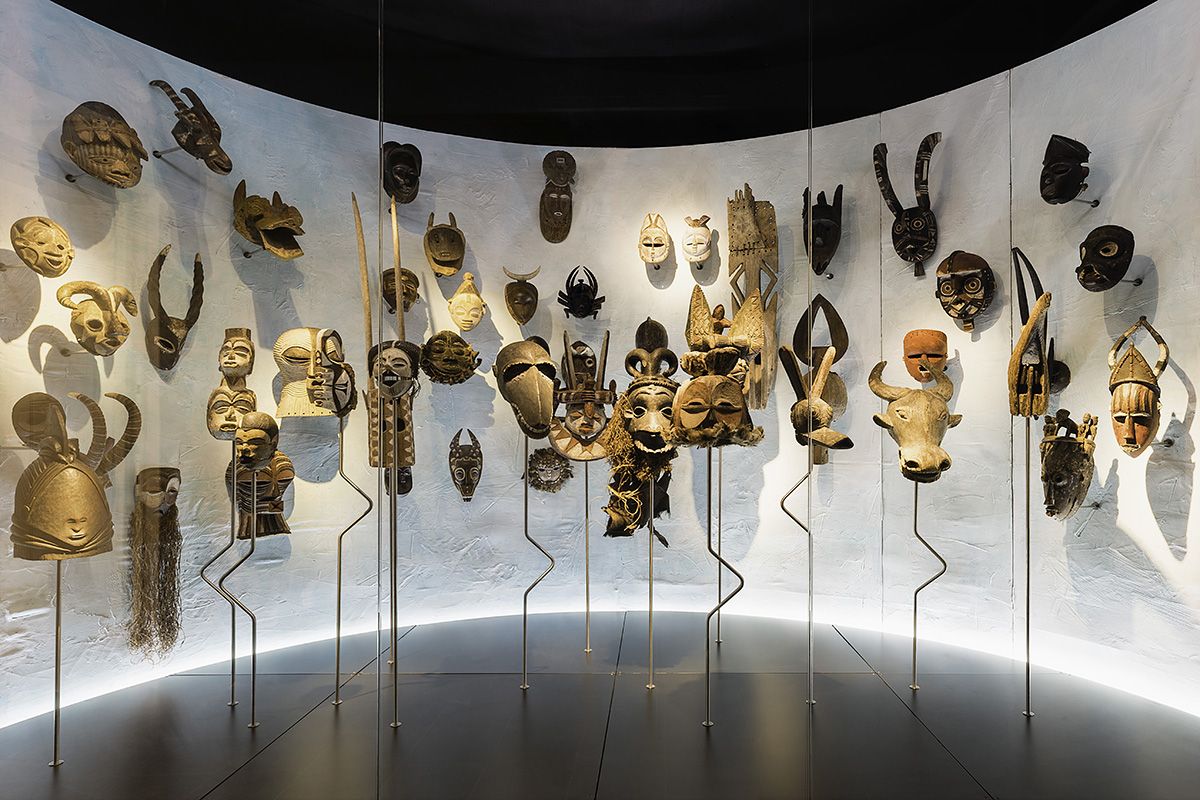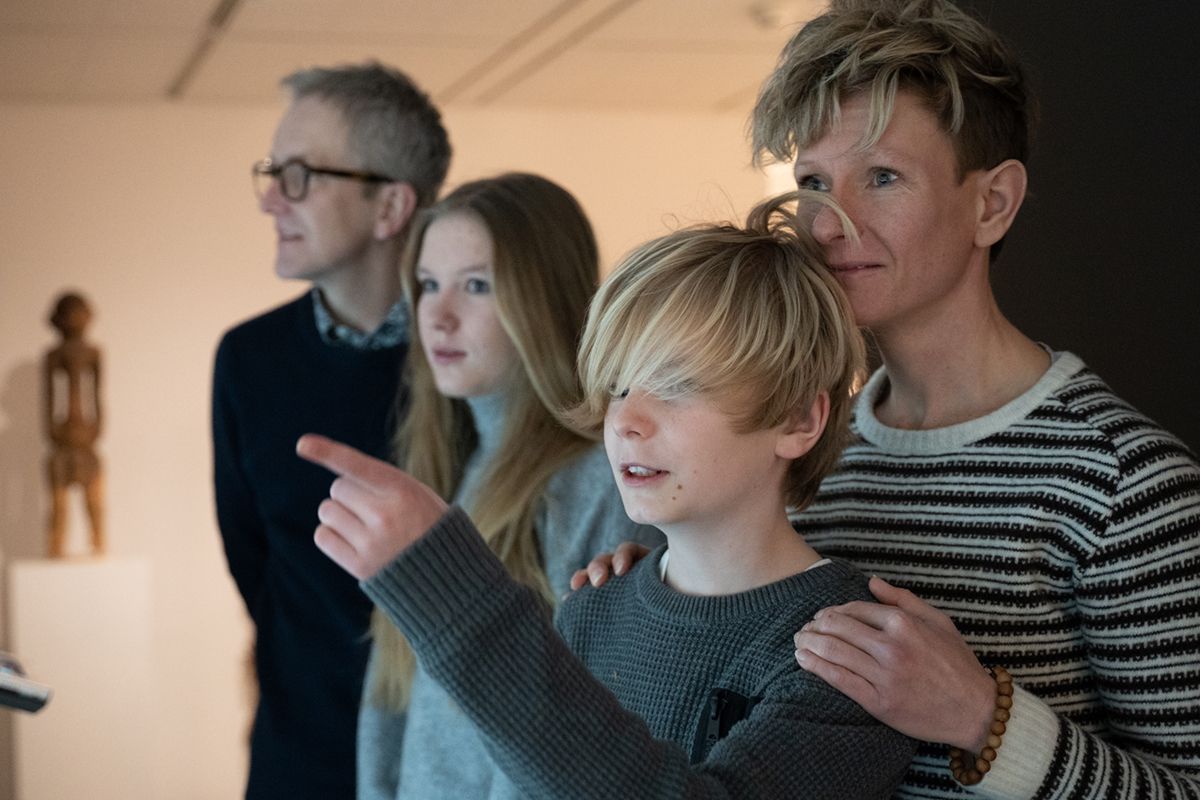Western African Masks From Poul Holm Olsen's Collection
Collection
This exhibition is showing a selection of African masks from Poul Holm Olsen’s collection of traditional African art. Explore the universe of the masks via a screen.
Africa's artistic geography
Peoples, not countries, are what shaped Africa’s artistic geography, and masks were being created on the continent long before the West’s colonisations imposed new national borders. West Africa and Western Central Africa, with their river deltas, fertile savannahs and forests, make up the heartland of Africa’s mask production. Many hundreds of peoples live here, with different languages and cultures, who have partly maintained their venerable social organisation and religious practices.
Mask dances and 'secret societies'
Mask dances play a crucial role in many of these communities, as do the so-called 'secret societies'. The societies constitute powerful and closed entities that ensure cohesion and balance, and admission to them requires ritual initiation. It is the task of the societies to carry out rites of passage and funerals, and to maintain the vital contact to the ancestors and supernatural forces on behalf of the community. Often they also play socialisation roles, and, in some cases, judicial ones.
Art as action
In these contexts, the masks are indispensable. They embody all the interconections of life and the community, and extend the human body and its scope as a dwellingplace for supernatural beings, gods, ideas, morality, family and vitality.
African art and the West
The aesthetics of the masks lie far from the Western art tradition and its conventions. For the Catholic explorers, and the later colonial powers, the African mask was an expression of paganism – but this otherness became crucial to the artists of Modernism, with their recognition of African art in the early 20th century. The German expressionists, artists like Picasso and Giacometti, and the surrealists sought to circumvent the bourgeois demand for naturalism – and they found an artistic alternative in the humanity and expressive power of African art.
More about the collection and the collector
The author and art historian Poul Vad (1927-2003) founded the collection of Holstebro Art Museum - wishing to visualize art as a universal phenomenon. Therefore, Danish art is shown side by side with art works from the non-Western cultural sphere. From the museum's opening in 1967, non-Western art was represented by the sculptor Poul Holm Olsen's collection of African art. Poul Holm Olsen (1920-1990) lived in Paris during the years 1954-55. Here, he found traditional African art works in the flea markets. He was so fascinated by it that he started collecting - a passion that stayed with him throughout his life.
In combination with the host human body, these conceptual and magical beings acquire physical form when the masks are danced in certain ways. They pass across the threshold between the worlds, and the mask dances are living images that do something, rather than represent something.



